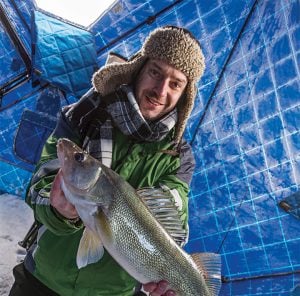The Rocky Mountains often host historic moments.
Today, just down the road from Banff National Park, which became Canada’s first national park 130 years ago, history was once again made among the iconic mountains.
For the first time ever, national, provincial and local parks managers, academics and non-profit organizations gathered in one place to compare notes on the simple goal of getting more Canadians to visit parks at the Canadian Parks Summit in Canmore, Alta.
Organized by the Canadian Parks Council, a federal body that works to coordinate the activities of national, provincial and territorial parks agencies, and the Canadian Parks and Recreation Association, a national voice dedicated to building healthy, active communities, the summit hosted nearly 200 delegates representing all aspects of parks.
Over the four-day event, delegates heard presentations from leading parks thinkers on four themes — connect, conserve, collaborate and leadership — and discussed a draft document aiming “to mark the beginning of a renewed, re-energized and collaborative framework for enhancing the role and profile of parks in Canada.”
Here are some key moments from the monumental summit.
Renowned anthropologist, author and explorer Wade Davis, The Royal Canadian Geographical Society’s honorary vice-president, delivered an opening address with a key question, along with some other keen observations.
Gil Penalosa, founder and chair of Toronto-based international non-profit 8 80 Cities, which is dedicated to sustainable cities, spoke on the theme connect.
Harvey Locke, co-founder of the Yellowstone to Yukon Initiative, a trans-border not-for-profit organization dedicated to protecting connected wilderness areas in the crucial north-south wildlife corridor, gave a arousing address on the theme connect.
Federal environment minister Catherine McKenna, who also oversees Parks Canada, addressed the summit from Ottawa via Skype.
Phil Gaines, director of the South Carolina State Parks system, addressed the summit on leadership.
Finally, Pam Veinotte, field superintendent for Toronto’s Rouge Urban National Park, and Michael Bender, general manager of Rouge Park Toronto and Region Conservation Authority, spoke to the summit on the theme collaboration.





